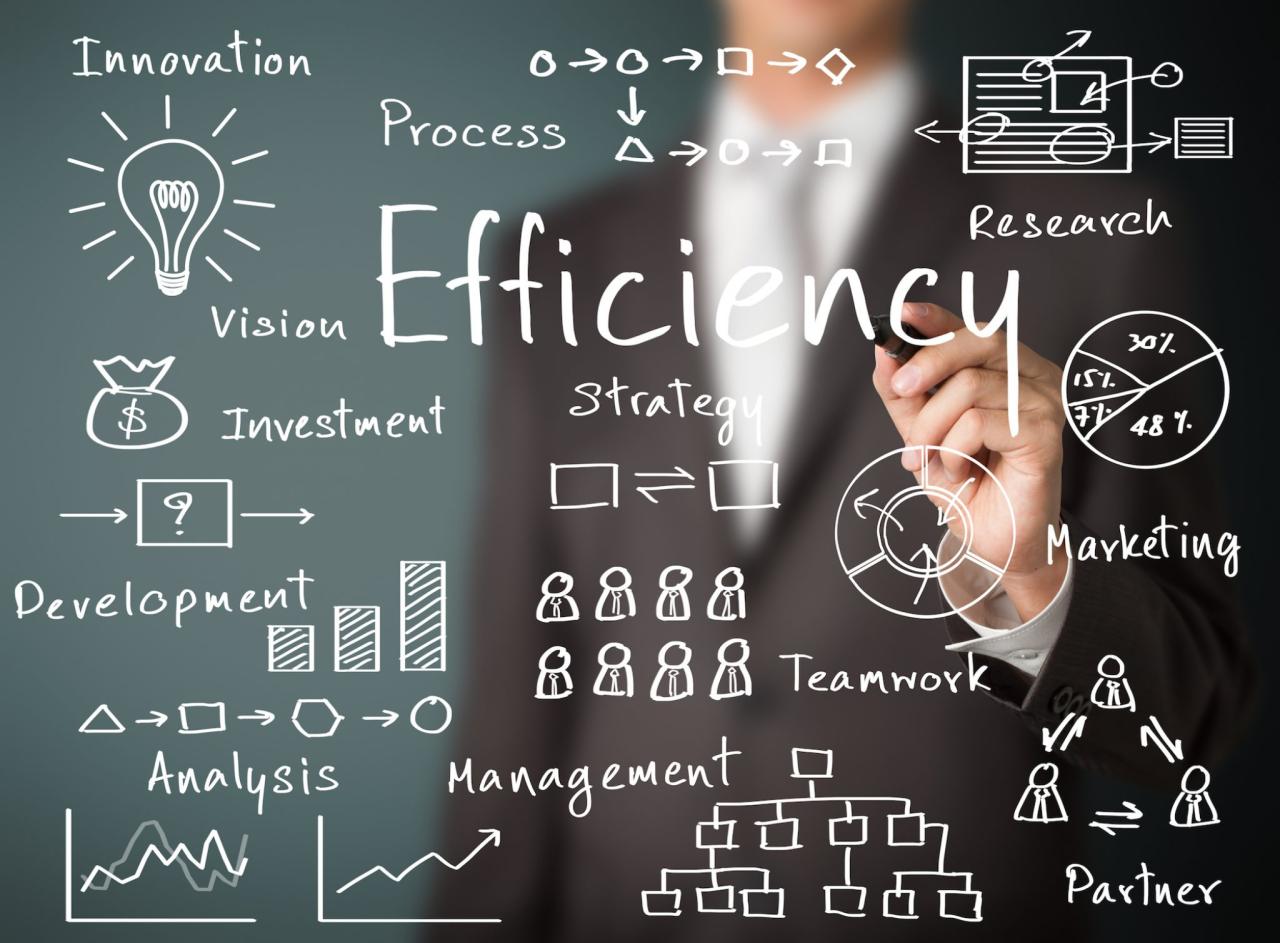Maximizing productivity in the workplace is not just a goal but a necessity for businesses looking to thrive in today’s competitive landscape. By implementing effective strategies and creating a positive work environment, organizations can unlock their full potential and drive success.
Maximizing productivity in the workplace is crucial for businesses to stay competitive and achieve their goals efficiently. Productivity directly impacts the overall performance and success of an organization, making it a key factor in determining its growth and sustainability.
Increased productivity benefits both employees and the organization in various ways. For employees, higher productivity can lead to a sense of accomplishment, job satisfaction, and potentially better opportunities for advancement. On the other hand, for the organization, improved productivity can result in higher profitability, reduced costs, enhanced competitiveness, and better overall performance.
Factors Influencing Workplace Productivity
- Effective Communication: Clear communication channels and feedback mechanisms can help streamline processes and avoid misunderstandings that can hinder productivity.
- Employee Engagement: Engaged employees are more motivated, focused, and committed to their work, leading to increased productivity levels.
- Workplace Environment: A positive work environment that promotes collaboration, creativity, and well-being can boost productivity among employees.
- Technology and Tools: Providing employees with the right technology and tools can help streamline tasks, automate processes, and improve overall productivity.
- Training and Development: Investing in training and development programs can enhance employee skills, knowledge, and efficiency, leading to higher productivity levels.
Strategies for Maximizing Productivity

In today’s fast-paced work environment, maximizing productivity is crucial for achieving success. Implementing effective strategies can help boost productivity in the workplace, leading to improved efficiency and overall performance.
Role of Time Management in Enhancing Productivity
Effective time management is essential for enhancing productivity in the workplace. By prioritizing tasks, setting realistic deadlines, and eliminating distractions, employees can make the most of their time and accomplish more in a day. Utilizing tools such as calendars, to-do lists, and time tracking apps can aid in better managing time and staying organized.
Tips on Prioritizing Tasks Effectively
Prioritizing tasks is key to improving productivity. Here are some tips to help prioritize tasks effectively:
- Identify urgent and important tasks: Determine which tasks require immediate attention and focus on completing them first.
- Set deadlines: Establish deadlines for tasks to create a sense of urgency and prevent procrastination.
- Use the Eisenhower Matrix: Classify tasks based on importance and urgency to prioritize effectively.
- Avoid multitasking: Focus on one task at a time to enhance concentration and productivity.
- Delegate when necessary: Assign tasks to team members to free up time for more critical responsibilities.
By implementing these strategies and tips, employees can enhance their productivity levels and achieve better results in the workplace.
Creating a Positive Work Environment
Creating a positive work environment is crucial for maximizing productivity in the workplace. When employees feel valued, supported, and motivated, they are more likely to be engaged and perform at their best. A positive work environment can significantly impact employee morale, job satisfaction, and overall well-being, leading to increased productivity and efficiency.
Initiatives to Foster a Positive Workplace Culture
- Encouraging open communication: Establishing clear channels for feedback and communication can help employees feel heard and valued.
- Promoting work-life balance: Offering flexible work arrangements or wellness programs can enhance employee well-being and reduce stress levels.
- Recognizing and rewarding achievements: Acknowledging employees’ hard work and contributions can boost morale and motivation.
- Creating a supportive team environment: Encouraging collaboration, teamwork, and mutual respect among colleagues can foster a positive workplace culture.
- Providing opportunities for growth and development: Investing in employee training and career advancement can show employees that their professional growth is valued.
Impact of Employee Well-Being on Productivity Levels
Employee well-being plays a significant role in determining overall productivity levels in the workplace. When employees are physically and mentally healthy, they are more likely to be engaged, focused, and motivated to perform their best. High levels of well-being can lead to reduced absenteeism, increased job satisfaction, and enhanced creativity and innovation. Employers who prioritize employee well-being through initiatives such as wellness programs, mental health support, and work-life balance policies are likely to see a positive impact on productivity and overall business performance.
Utilizing Technology to Enhance Productivity
Technology plays a crucial role in enhancing productivity in the workplace by streamlining work processes, automating repetitive tasks, and providing tools for more efficient collaboration. Let’s explore how organizations can leverage technology to improve productivity and achieve better results.
Streamlining Work Processes
One of the key benefits of technology in enhancing productivity is its ability to streamline work processes. By implementing project management software, task management tools, and communication platforms, employees can easily track project progress, assign tasks, and collaborate in real-time. This streamlining of processes reduces the time spent on manual tasks, allowing employees to focus on more value-added activities.
Automation for Increased Productivity
Automation is another powerful tool that can significantly increase productivity in the workplace. By automating repetitive tasks such as data entry, report generation, and email responses, employees can save time and reduce the risk of human error. This not only boosts efficiency but also allows employees to dedicate their time to more strategic and creative tasks that require human input.
Tech Solutions for Efficiency
There are various tech solutions available that can help employees work more efficiently. For example, Customer Relationship Management (CRM) software can streamline sales processes, improve customer interactions, and enhance customer satisfaction. Additionally, project management tools like Trello or Asana can help teams organize tasks, set deadlines, and track progress effectively. Virtual collaboration tools such as Zoom or Microsoft Teams enable seamless communication and collaboration among remote teams, reducing the barriers to productivity.
When it comes to programming, the phrase “Hello world!” is often used as the first program to introduce beginners to a new language. This simple program is a tradition in the coding world and serves as a starting point for learning the basics.












